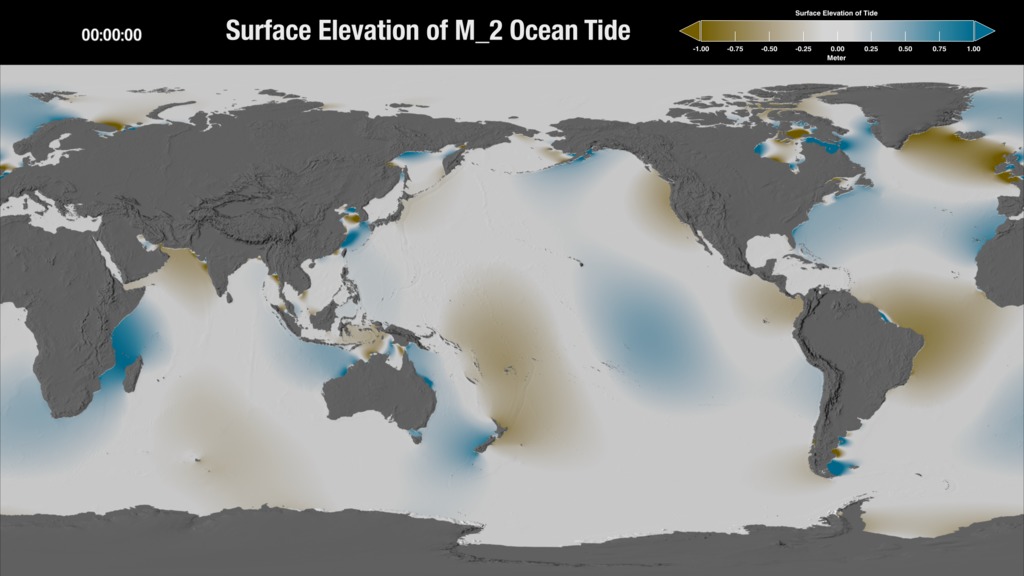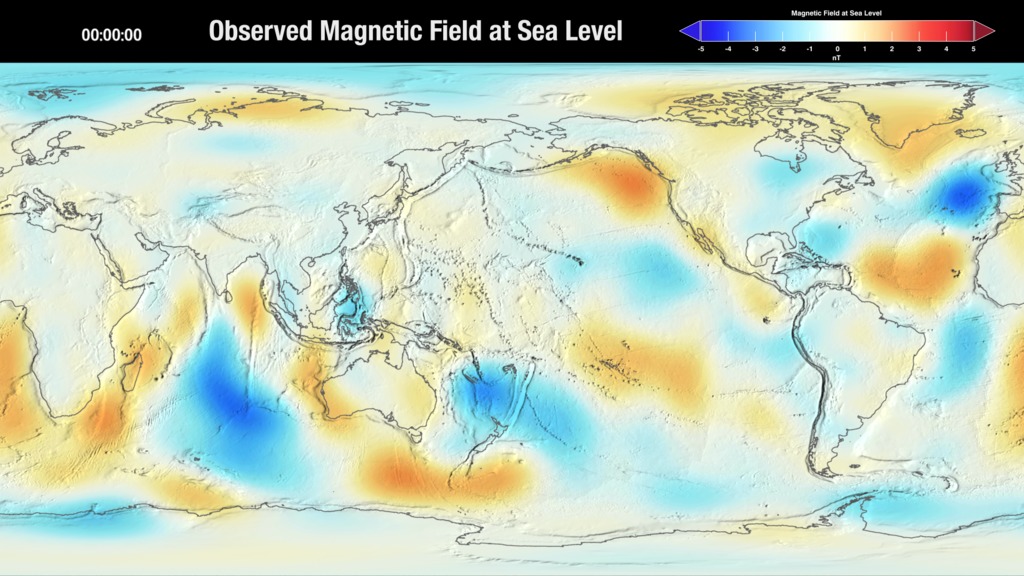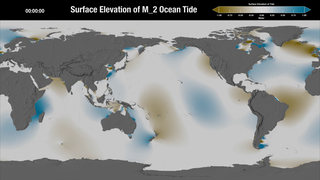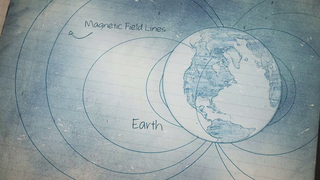Earth
ID: 12477

As Earth warms, much of the extra heat is stored in the planet’s ocean – but monitoring the magnitude of that heat content is a difficult task. A surprising feature of the tides could help, however. Scientists at NASA’s Goddard Space Flight Center are developing a new way to use satellite observations of magnetic fields to measure heat stored in the ocean. Seawater is a good electrical conductor, and how good depends on its temperature. As saltwater sloshes around the ocean basins, its flow attempts to drag the magnetic field lines around, causing slight fluctuations. These fluctuations are relatively small, but have been detected from an increasing number of events including swell, eddies, tsunamis and tides. This is a first attempt at using magnetic satellite data to monitor ocean heat at all depths, and more work needs to be done to refine the technique to fully resolve the oceans' temperature. Watch the videos to learn more.


Marine Magnetism



Source Material
For More Information
Story Credits
Lead Visualizers/Animators:
Brian Monroe (USRA)
Cheng Zhang (USRA)
Lead Producer:
Matthew R. Radcliff (USRA)
Lead Scientists:
Terence J. Sabaka (NASA/GSFC)
Robert H. Tyler (University of Maryland College Park)
Lead Writer:
Kate Ramsayer (Telophase)
Brian Monroe (USRA)
Cheng Zhang (USRA)
Lead Producer:
Matthew R. Radcliff (USRA)
Lead Scientists:
Terence J. Sabaka (NASA/GSFC)
Robert H. Tyler (University of Maryland College Park)
Lead Writer:
Kate Ramsayer (Telophase)
Please give credit for this item to:
NASA's Scientific Visualization Studio
NASA's Scientific Visualization Studio
Short URL to share this page:
https://svs.gsfc.nasa.gov/12477
Keywords:
SVS >> HDTV
SVS >> App
NASA Science >> Earth
https://svs.gsfc.nasa.gov/12477
Keywords:
SVS >> HDTV
SVS >> App
NASA Science >> Earth










